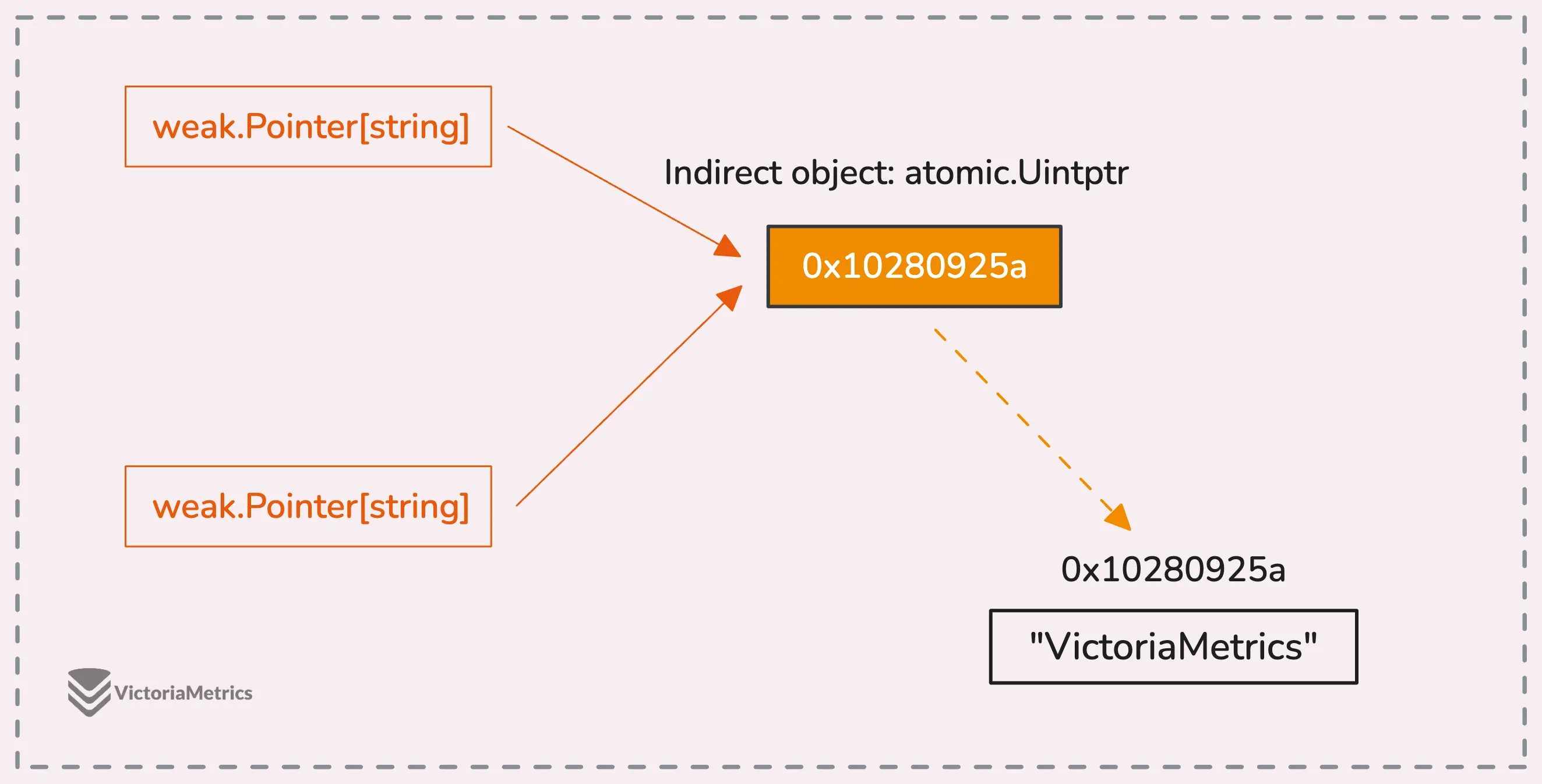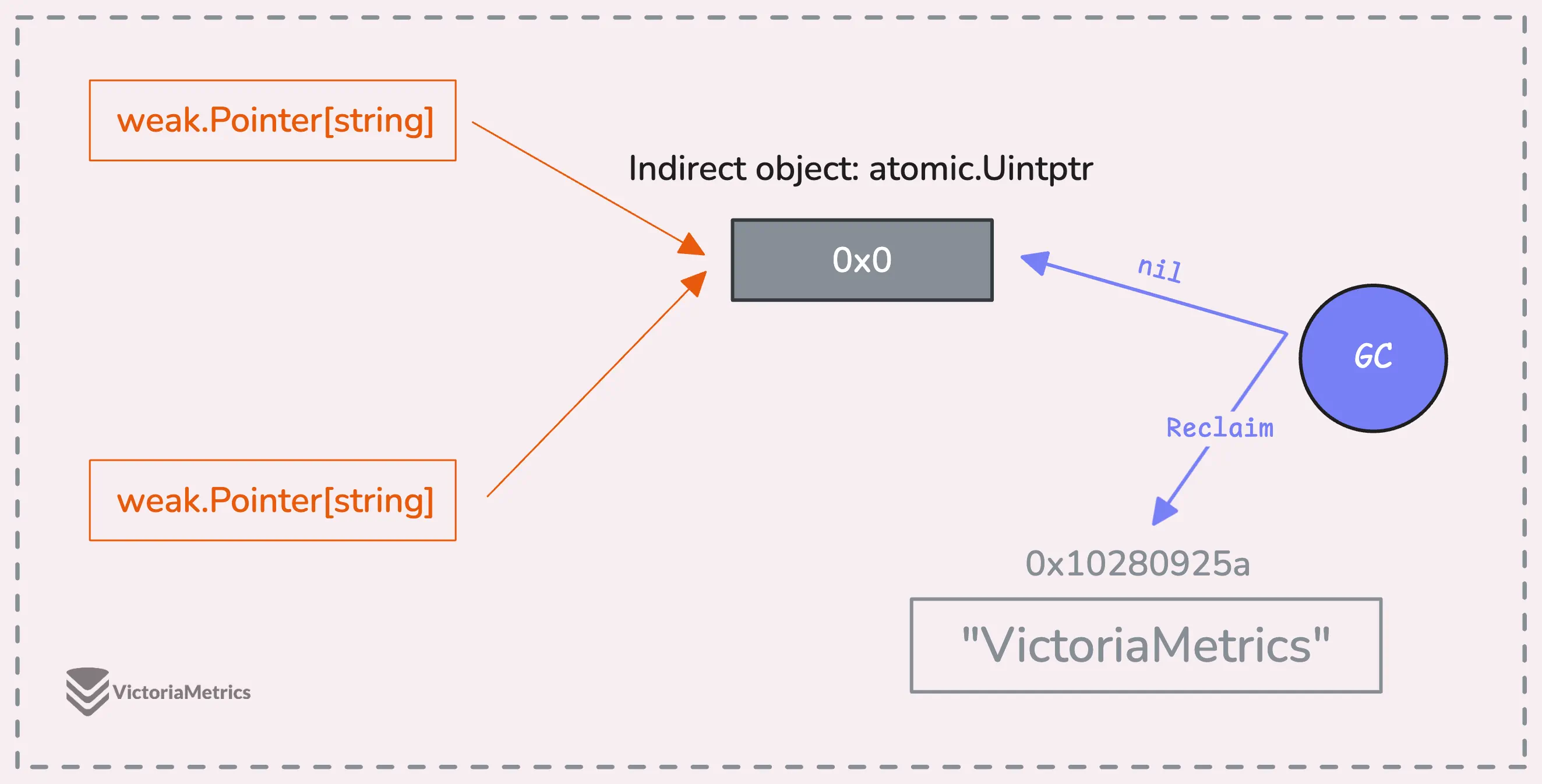Draft Release Notes Go 1.24
Go 1.24 is not yet released. These are work-in-progress release notes. Go 1.24 is expected to be released in February 2025.
- Fully supports generic type aliases: a type alias may be parameterized like a defined type
type (
nodeList = []*Node // nodeList and []*Node are identical types
Polar = polar // Polar and polar denote identical types
)
=> Specs:
type set[P comparable] = map[P]bool
type A[P any] = P // illegal: P is a type parameter
=> the feature can be disabled by setting GOEXPERIMENT=noaliastypeparams; but the aliastypeparams setting will be removed for Go 1.25.
-
Some updates for tools
go toolor-toolflag, newtestsanalyzer forgo vet -
Some updates for Cgo, Runtime, Compiler, Linker, Bootstrap
-
Some updates for stdlibs:
-
The new
os.Roottype provides the ability to perform filesystem operations within a specific directory. -
The
os.OpenRootfunction opens a directory and returns anos.Root. Methods onos.Rootoperate within the directory and do not permit paths that refer to locations outside the directory, including ones that follow symbolic links out of the directory.os.Root.Openopens a file for reading.os.Root.Createcreates a file.os.Root.OpenFileis the generalized open call.os.Root.Mkdircreates a directory. -
Some updates for
crypto,hashpackage -
Some updates for
net/httpincluding support for HTTP/2 protocol settings inTransportandServer -
New implementation for
sync.Mapthat will improve overall performance and resolve some long-standing issues
-
Weak Pointers in Go: Why They Matter Now
Definition:
A type of reference to an object that does not prevent the object from being garbage collected
=> weak package:
type Pointer[T any] struct {
u unsafe.Pointer
}
// Make creates a weak pointer from a strong pointer to some value of type T.
func Make[T any](ptr *T) Pointer[T] {
//...
}
- If the memory they’re pointing to gets cleaned up, the weak pointer automatically becomes
nil— so there’s no risk of accidentally pointing to freed memory => they are safe
type T struct {
a int
b int
}
func main() {
a := new(string)
println("original:", a)
// make a weak pointer
weakA := weak.Make(a)
runtime.GC()
// use weakA
strongA := weakA.Strong()
println("strong:", strongA, a)
runtime.GC()
// use weakA again
strongA = weakA.Strong()
println("strong:", strongA)
}
// Output:
// original: 0x1400010c670
// strong: 0x1400010c670 0x1400010c670
// strong: 0x0
- After the first garbage collection
runtime.GC(), the weak pointer weakA still points to the memory because we’re still using the variable a in theprintln("strong:", strongA, a)line. The memory can’t be cleaned up yet since it’s in use. - But when the second garbage collection runs, the strong reference (a) isn’t used anymore. That means the garbage collector can safely clean up the memory, leaving
weakA.Strong()to returnnil.
Use case
- Canonicalization maps, where you only want to keep one copy of a piece of data around
- Initial purpose is in internal packages, e.g:
unique
func main() {
h1 := unique.Make("Hello")
h2 := unique.Make("Hello")
w1 := unique.Make("World")
fmt.Println("h1:", h1)
fmt.Println("h2:", h2)
fmt.Println("w1:", w1)
fmt.Println("h1 == h2:", h1 == h2)
fmt.Println("h1 == w1:", h1 == w1)
}
// Output:
// h1: {0x14000090270}
// h2: {0x14000090270}
// w1: {0x14000090280}
// h1 == h2: true
// h1 == w1: false
How does it work
- Having a in-between tiny object (8bytes)

- This setup lets the garbage collector clean up weak pointers to a specific object all at once, efficiently:
- the collector only needs to set the pointer in the indirection object to nil (or 0x0). No need to go around updating each weak pointer individually.


